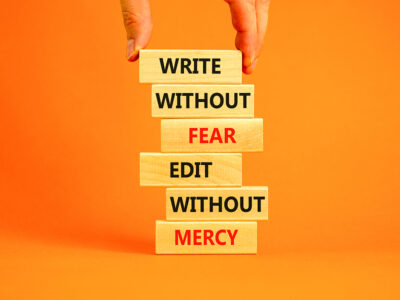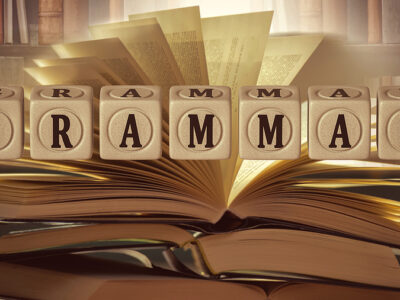Today’s post is the second installment of definitions about different types of editing.
If line editing, that means someone “fixing” the craft.
Sometimes I receive submissions from authors who need more practice in craft. That’s okay! Even the most experienced authors can improve. However, once we’ve agreed to work together, you’ll know that I believe you have mastered craft and that your work is excellent enough to present to editors.
I have listed below the most common areas for improvement I see from newer authors (and sometimes even in published books). I wrote the examples offered. None are either intentionally or unintentionally taken from any published or unpublished work:
1. Too many conversational tags.
Maximillian sighed. “I wish you would think more of me before you go about making decisions that will affect our lives, Mimosa,” he said.
Mimosa glared at Maximillian. “I will do what I want to do when I want to,” she shot back.
Maximillian took a swig of his drink before answering. “In that case, we are through,” he declared.
2. Conversational tags that are too detailed.
Unneeded adverb:
“If only you loved me as much as I love you,” Sebastian told Verona sadly.
Sarcasm (or other speaker emotion) is noted when the reader should intuit the context:
“Well, Roxanna, you did get up at five this morning; wash four loads of laundry; iron Dwight’s oxford-cloth shirts; go to spin class; cook breakfast, lunch, and dinner for six people; work on your novel; and teach school. I don’t understand why you’re tired,” Midge said sarcastically.
3. Conversational tags that aren’t doing the right job or doing the job right.
“Give me the gun!” said Dorian.
Try: “Give me the gun!” shouted Dorian.
“Hand over the package or else!” said Axel.
Try: “Hand over the package or else!” threatened Axel.
“I don’t like you,” hissed Tawny.
Instead, use hissing sounds with, “You slithering snake!” hissed Tawny.
4. Too much unnecessary description of places.
When I started writing novels, an editor rightly suggested that I avoid too much travelogue. This tendency is tough to tame when a writer is excited about a recent trip. When writing a description, ask yourself how much the reader needs to know to feel the sense of place enough to believe the story. Accuracy is foremost. Be sure not to have wildflowers blooming at the wrong time of the year for the area, for example.
5. Asking the reader to invest too much emotion in a character who ultimately doesn’t matter to the story.
If, as an author, you are giving too much time to a character, ask yourself why. Why has this character captured your imagination? Does the character need her own story?
6. Offer description as appropriate through logical characters.
From a detective:
The redhead with brown roots and freckles looked innocent enough, but he placed her on his mental list of suspects.
From a love interest:
Her long, auburn hair shone in the sunlight. Adorable freckles sprinkled her face as a testimony to long summer days spent on the lake.
Can you think of other ways to improve your craft?











